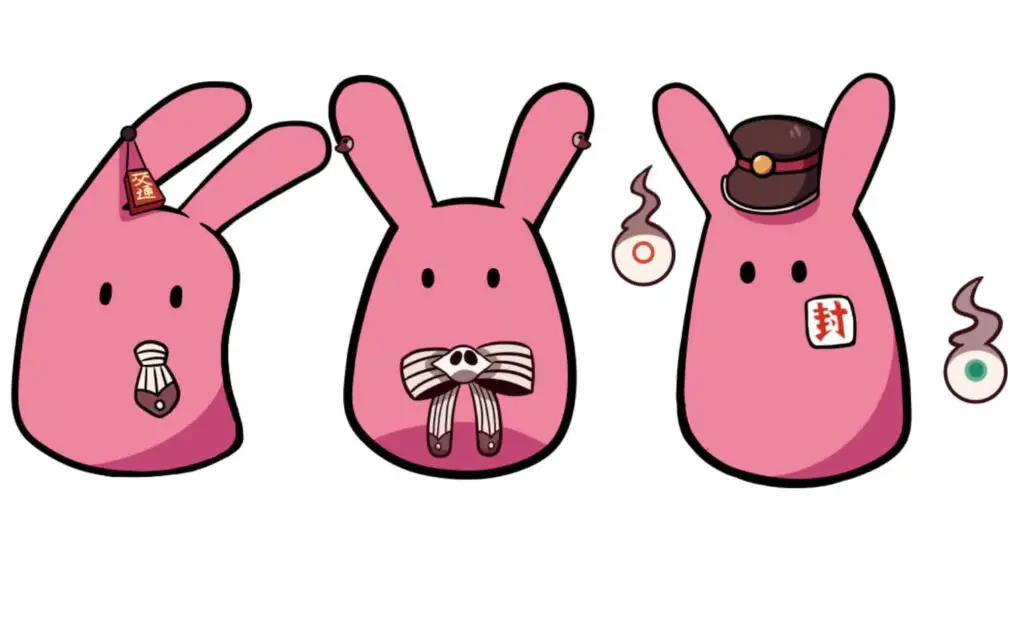Kawaii (かわいい) isn’t just a pop subculture anymore. The kawaii aesthetic has become fully engrained in Japanese culture, and that’s not likely to change anytime soon.
While the kawaii seed was planted in Japan, kawaii culture has bloomed like cherry blossoms all over the world. This phenomenon is largely due to the massive popularity of anime. From the characters and settings to the food and music, kawaii’s influence on anime (and vice-versa) is undeniable.
Whether you’re a bonafide otaku or dipping your feet in the genre, kawaii culture is a fascinating topic to explore. Here’s a look at some of the many ways it’s portrayed in anime.
Além de fofo: o que é Kawaii, afinal?
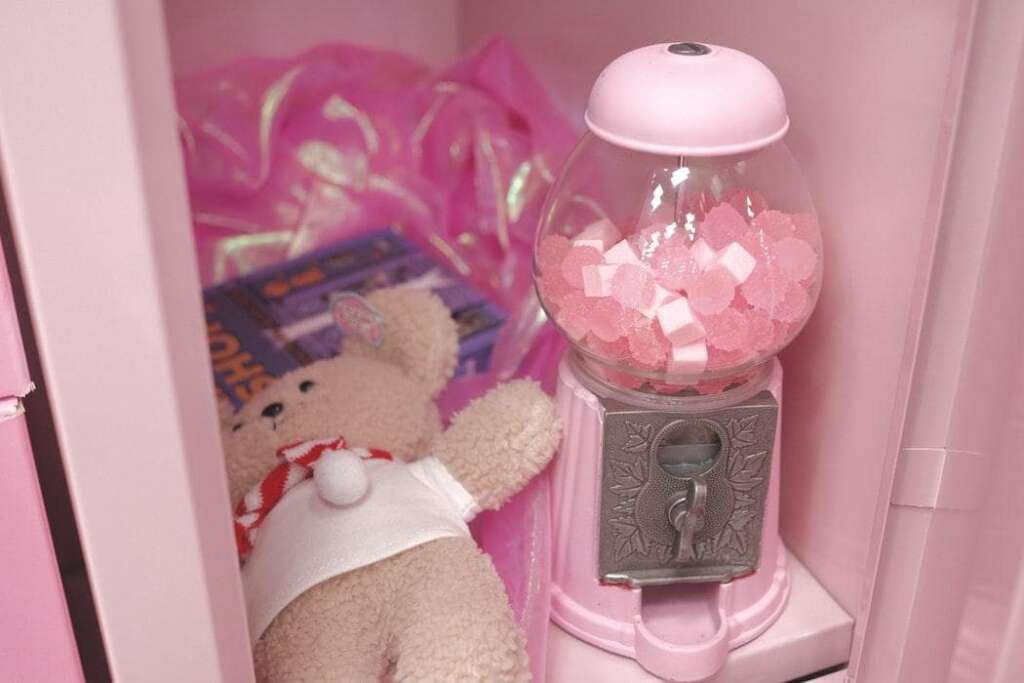
Cute. Endearing. Sweet. Pure. Lovable. Adorable. All of these adjectives come close to describing kawaii, but the truth is that kawaii is its own thing. Beyond cute, kawaii is positive and fun-loving. It’s innocent and childlike. It’s an escape from societal pressures. It’s a feeling. It’s a vibe. It’s a lifestyle! You wouldn’t say all of that about plain old cuteness, right? Kawaii isn’t anything else — kawaii is kawaii!
So, that’s a loose description of kawaii, but how do you reconhecer it when you see it? Well, if you’ve ever watched anime, even in passing, you’ve seen it! Mainstream kawaii characters include Pikachu, Hello Kitty, and Pusheen. Some would even say Snoopy and Minnie Mouse have kawaii elements. Studio Ghibli movies like Princesa Mononoke, Spirited Away, e Meu Vizinho Totoro também incluem muitos personagens kawaii.
So, what do all of these characters have in common? Well, they all invoke that warm ‘n’ fuzzy feeling that just makes you smile and say “d’aww.” But kawaii culture isn’t just blushing characters. Kawaii can also be used to describe objects, places, sounds, and more! Let’s explore some of the ways kawaii is portrayed in anime.
1. Lugares e Situações
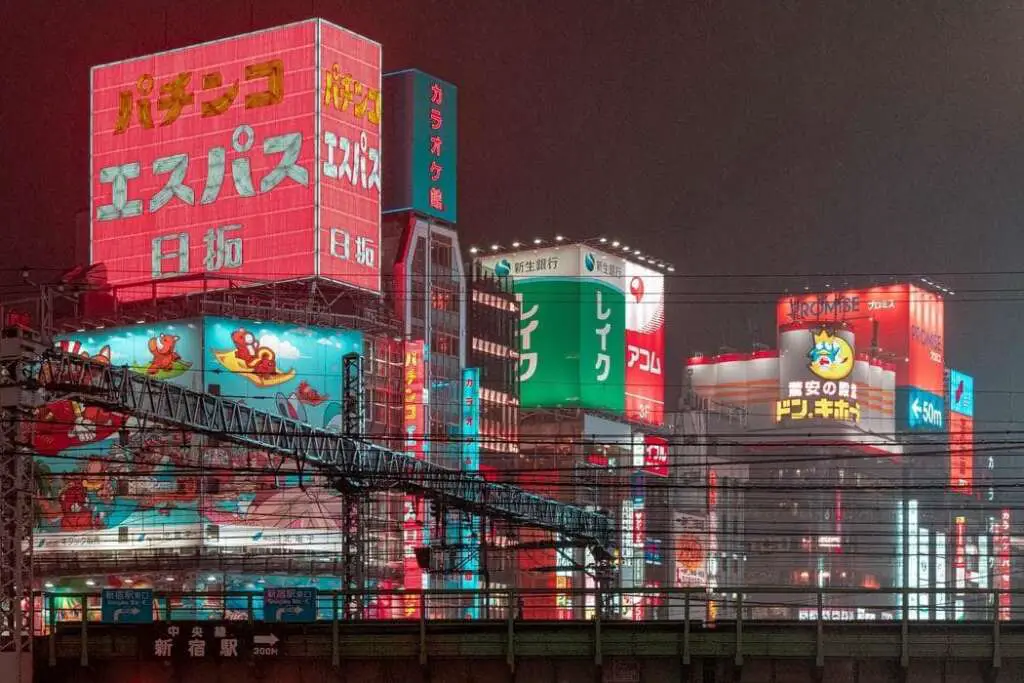
Imagine yourself sipping bubble tea in a cozy Tokyo cafe as the rain patters against the windows. Soft music is playing and the cafe cat lazily wanders over to nuzzle your ankle. A friendly server offers you some mochi and a smile on the house. You feel safe, content, and cared for. You feel kawaii! You’ll find these types of kawaii culture interactions and settings featured heavily in anime.
2. Música e entretenimento
Anime is famous for its incredible soundtracks! Often, the music is steeped in kawaii culture. It’s not typically common to hear “heavy metal” and “cute” mentioned in the same breath. However, kawaii music blends shredding guitar solos with J-pop’s cutesy, high-pitched vocals and catchy choruses. Besides anime, kawaii music is featured heavily in modern JRPGs. There are even IRL kawaii bands you can go see live in concert. BABYMETAL is a popular one!
3. Vestuário e Acessórios
Fashion is another aspect of kawaii culture that’s featured in both anime and IRL. The iconic schoolgirl outfit is a big one, but that’s not all. The style often includes pastel colors, bold statement pieces, and lots of layering. Don’t forget the accessories! Cute add-ons like pins, keychains, attachable stuffed animals, and even a Tamagotchi are all great additions.
Makeup is also featured prominently in kawaii fashion. Of course, in anime that’s not always obvious, but the look is still there. In anime, characters often have large eyes with big splashes of color and long eyelashes. The faces tend to have small, youthful features. That look is kawaii through-and-through, and makeup is often used to replicate it.
4. Comida e Arte
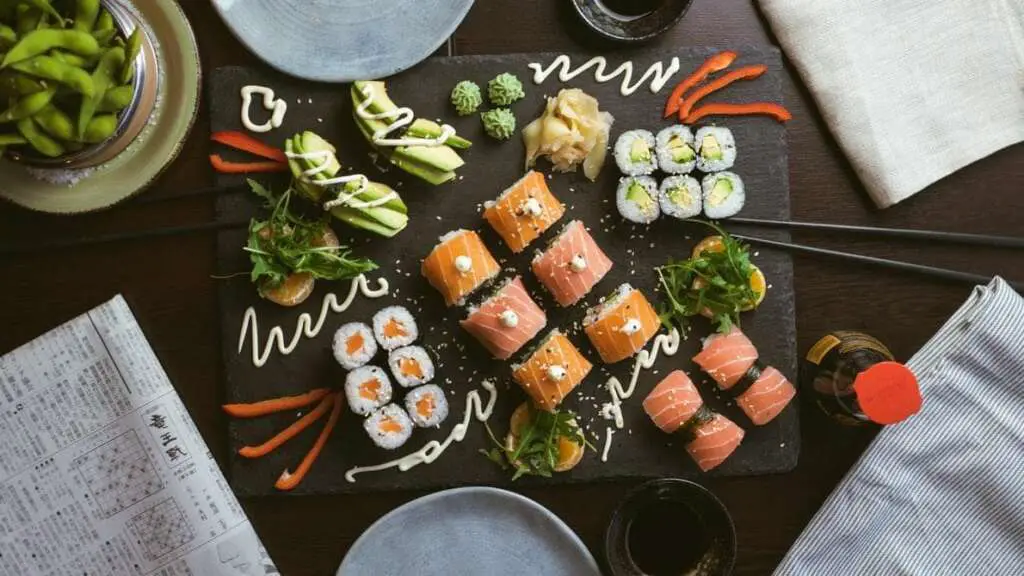
We’ve lumped food and art together because in Japanese and kawaii culture, they’re often one and the same! Japan is famous for producing one of the most kawaii foods ever created: sushi! Small, colorful, and fun, sushi is just one example of kawaii food. Go to a Japanese bakery and you’ll find pastries shaped like cats, puppy faces made of rice, and so much more.
Hayao Miyazaki do Studio Ghibli é conhecido por incorporar comida kawaii em seus filmes de anime. A festa do chá (e banquete) em Spirited Away e as caixas de bento em Meu Vizinho Totoro are great examples. And don’t forget Calcifer’s bacon-and-eggs breakfast (cooked over a smiling fire) in Howl’s Moving Castle! De sopas ferventes a bolinhos pequenos, comida japonesa is so cozy and comforting, and sometimes even adorable. That’s kawaii!
Besides the food itself, sometimes it’s the context that makes a meal kawaii. Remember: Places and situations can be kawaii, and often food and beverages play a major role. Food connects people. It’s a language of love. When the friendly cafe worker offers a hot drink to warm up from the rain, it’s not the drink that’s kawaii. It’s the act of kindness!
So, as you look for examples of kawaii culture in anime, don’t focus only on the physical objects. Look at the intention behind the acts. Maybe a gift isn’t kawaii if it’s sitting in the corner. But when someone gives their friend a gift because they’re going through a tough time, that’s kawaii!
Além da comida, outros tipos de arte kawaii são apresentados no anime. Na verdade, o anime em si é arte kawaii! As marcas do estilo incluem cores brilhantes que se destacam, bordas arredondadas e linhas ousadas. Objetos com características humanas (especialmente rostos) também são comuns. Olhe para Takashi Murakami para exemplos do estilo.
5. Diálogo e Voz
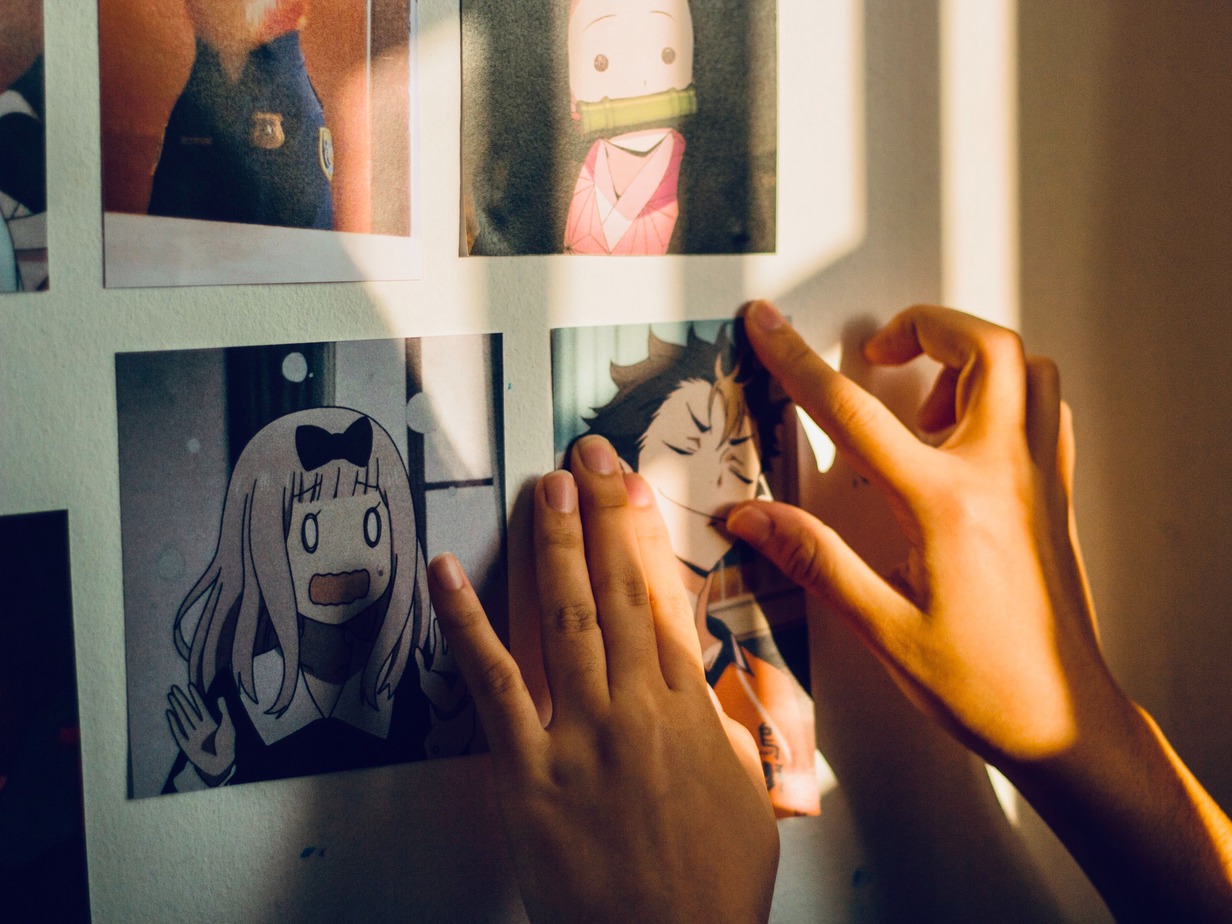
Por fim, a maneira como os personagens de anime falam e as coisas que eles dizem podem se encaixar na cultura kawaii. Vozes agudas e juvenis (às vezes beirando a fala de bebê) são comuns. Mais importante, as palavras que os personagens dizem podem ser kawaii. Palavras sinceras de amor ou palavras lamentáveis de tristeza podem ser kawaii. Além da comunicação verbal, até as expressões faciais podem ser kawaii. Ouça e procure por doçura, vulnerabilidade e inocência.
Assista seus animes favoritos com a cultura Kawaii em mente
animes de hackers doesn’t just include kawaii culture — it é kawaii culture! Without it, kawaii would not be nearly as popular or widespread. Now that you have a better idea of what to look for, watch your go-to animes through a new lens. You’ll pick up on subtle kawaii details that you might have overlooked in the past.
We hope you’ve learned a little something or two about kawaii culture. Browse the rest of our blog for more fun tidbits of information on all things anime. Sayonara (さよなら)! (´^ω^)ノ

